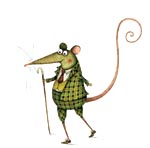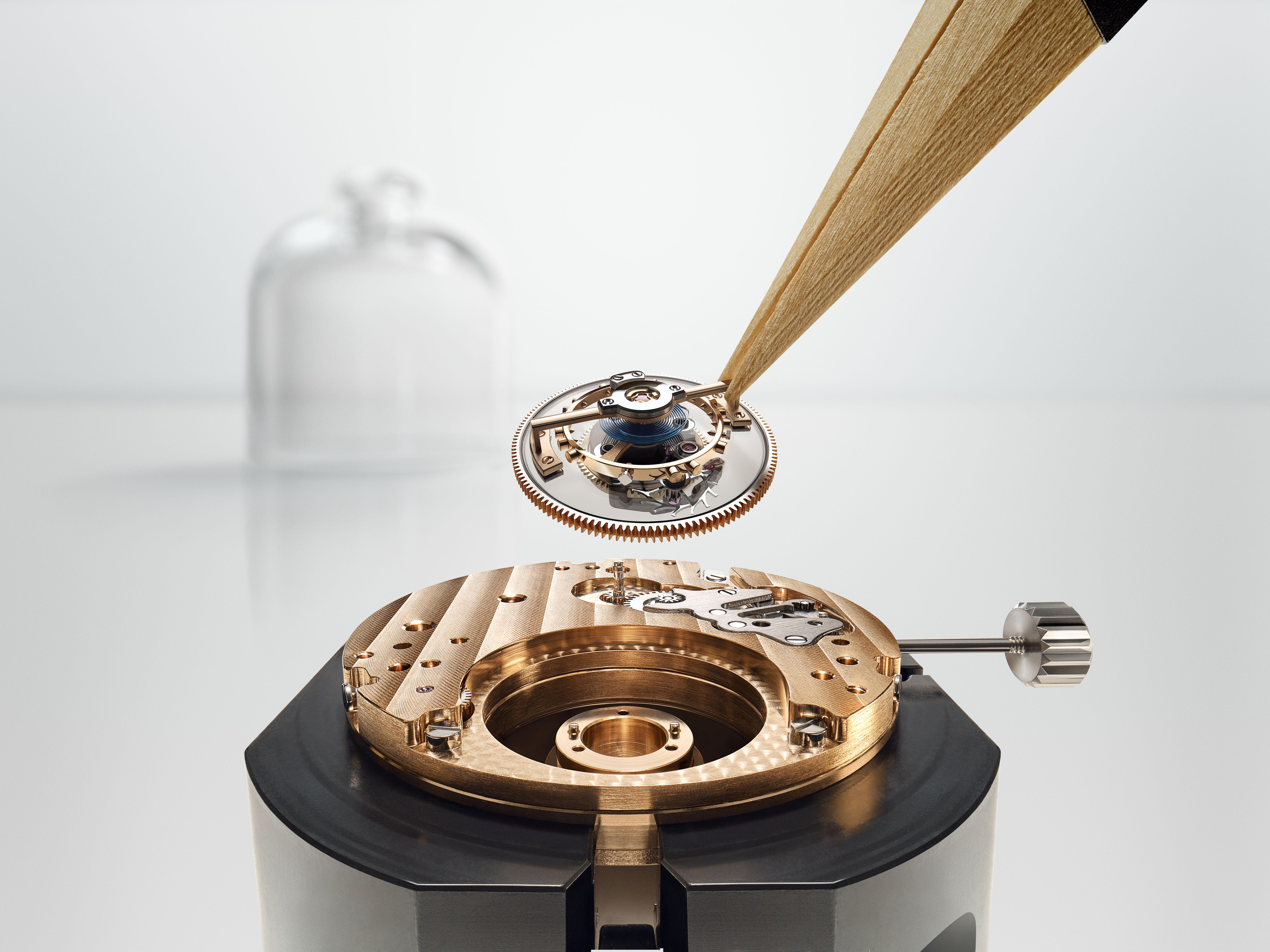Country mouse admires the geese
Country mouse admires the geese formations in the sky.


I heard them before I saw them—you nearly always do. High above me, echelons of honking geese, written like calligraphy, passed across the mouldy sky: the hounds of heaven were on the move.
Geese fly with a sense of purpose—they’re always clearly going somewhere to feed, roost or migrate. There’s tension among them as they jostle for position within the V formations and various birds take the lead as the wind shifts. More than 250,000 pink-footed geese arrive in Britain each autumn and add a touch of wildness to our winters. To see and hear them is to feel alive, although farmers curse them for the damage that they do to crops, particularly sugar beet.
It was the greylag goose, another winter visitor, that, once domesticated, went on to change our history, in both times of war and peace. They were reared for meat and their feathers were used as fletching for the arrows fired at Agincourt as well as making the quill used to sign Magna Carta. That’s the truth behind the old proverb: ‘A goose quill is more dangerous than a lion’s claw.’
Country mouse reflects on his favourite hats
Country mouse reflects on his favourite hats, from heirloom top hats to sporting flat caps.

Country mouse goes shooting in Hampshire
Country mouse goes shooting in Hampshire and considers the beauty of the autumn landscape.

Country mouse attends the opening meet
Country mouse is impressed with his son's hedge jumping.

Country mouse craves double summertime
The clocks have gone back and country mouse is struggling with SAD.
Exquisite houses, the beauty of Nature, and how to get the most from your life, straight to your inbox.
Mark grew up in the Cotswolds and began his career as a gold prospector. He became editor-in-chief of Country Life in 2006, having previously been in charge of more than 50 magazines, including Horse & Hound. He attributes his success to David Bowie and fly-fishing.
-
 The tourbillon watch is a masterpiece of order born out of tumult and disarray
The tourbillon watch is a masterpiece of order born out of tumult and disarrayWhat is it that makes the tourbillon — one the most beguiling instruments in watchmaking — tick?
-
 The nine best sandwiches in London, tried, tested and digested
The nine best sandwiches in London, tried, tested and digestedThe sandwich is back and it's bigger and better than ever. David Ellis reveals where to find the best ones in London.
